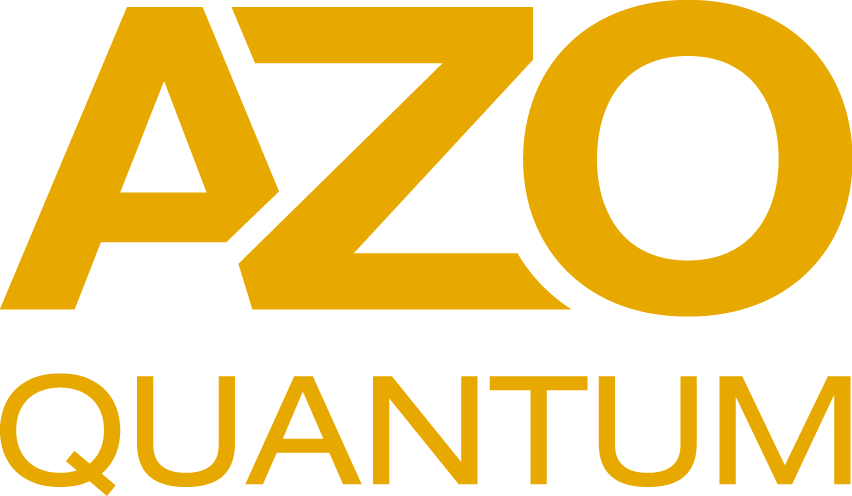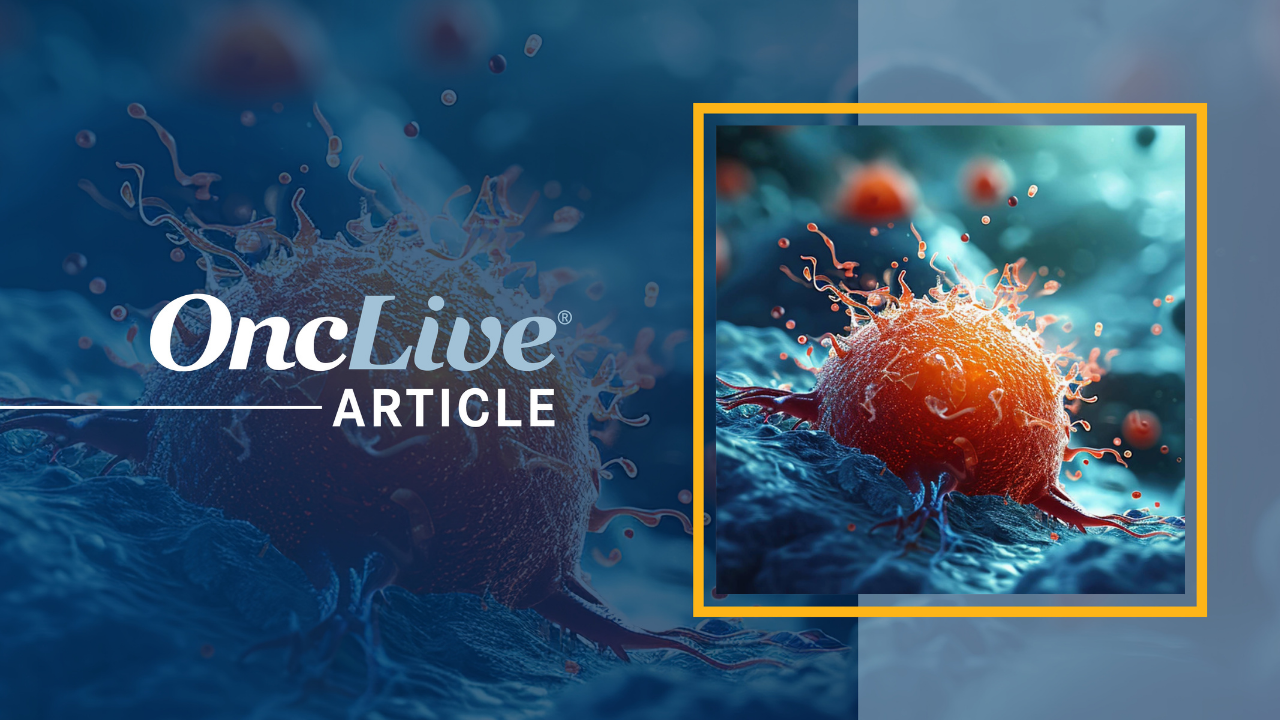Struzan created the art featured on posters for a long list of blockbuster movies, including “Back to the Future” and “Indiana Jones and the Last Crusade.”
Drew Struzan, whose name became synonymous with eye-catching movie posters and created…

Drew Struzan, whose name became synonymous with eye-catching movie posters and created…

Terms
While we only use edited and approved content for Azthena
answers, it may on occasions provide incorrect responses.
Please confirm any data provided with the related suppliers or
…

It rains on the Sun, and scientists at the University of Hawaiʻi Institute for Astronomy (IfA) have finally uncovered the reason why.
Unlike the water that falls from clouds on Earth, solar rain takes place in the Sun’s corona, the outermost…
You don’t have permission to access “http://www.firstpost.com/world/visa-woes-persist-for-pakistanis-passport-worlds-4th-weakest-only-afghanistan-syria-and-iraq-ranked-lower-13942404.html” on this server.
Reference…

A month after Debian 13.1’s release, some of the more visible downstream forks, including Raspberry Pi OS, have decided it’s time to incorporate the latest version of the main OS into their builds.
Debian 13.0 “Trixie” appeared a couple of…

Key Takeaways:

The FDA has granted fast track designation to the oncolytic immunotherapy NG-350A for use as a potential therapeutic option in patients with mismatch repair–proficient (pMMR) locally advanced rectal cancer (LARC), according to an announcement from Akamis Bio.1
NG-350A is a clinical-stage T-SIGn® therapy that is delivered intravenously and engineered to encourage intratumoral expression of a CD40 agonist monoclonal antibody; this stimulates activation of antigen-presenting cells (APCs) within solid tumors and their draining lymph nodes. Activated APCs then draw T cells to the tumor site, introducing a strong antitumor immune response. The agent is being explored in combination with chemoradiotherapy in adult patients with LARC with at least 1 risk factor for local or distant recurrence or with oligometastatic disease as part of the phase 1b FORTRESS trial (NCT06459869).2 In April 2025, it was announced that the first patient was enrolled in the study,3 which is still actively recruiting.1
“The NG-350A fast track designation from the FDA is a recognition of the significant unmet need for new therapies to treat LARC,” Oliver Rosen, MD, chief medical officer at Akamis Bio, stated in a news release. “The global incidence of LARC continues to rise, with a particularly alarming increase of this cancer among younger populations. Patients with pMMR tumors account for approximately 90% of LARC cases, and this population has the greatest need for evolution in the standard of care to include treatments that may enable patients to avoid surgical interventions.”
Data from a phase 1a/1b study (NCT03852511) showed that in heavily pretreated patients with metastatic or advanced epithelial tumors (n = 25), the drug was well tolerated irrespective of administration approach: intravenous, which comprised 4 dose levels each with infusions on days 1, 3, and 5 of 57-day periods, and IT, which comprised solitary injection on day 1 only or injections on days 1, 8, 15, and 22.4 There was no evidence of transgene-related or off-target viral toxicity.
Additional findings revealed:
The open-label, single-arm, multicenter phase 1b trial plans to enroll approximately 30 patients aged 18 years or older with histologically confirmed adenocarcinoma of the rectum with locally advanced disease and microsatellite stable or pMMR status.2,3 Patients are required to have an ECOG performance status of 0 or 1 and acceptable lung, renal, hepatic, and bone marrow function at least 10 days before their first dose of treatment. If they had recurrent rectal cancer, distant metastatic disease not amenable to radical treatment or chemoradiation, another active prior malignancy within the past 3 years, or underwent splenectomy, they were excluded.
Patients will receive NG-350A plus oral capecitabine and long-course intensity-modulated radiotherapy during a 12-week active study treatment period. The primary outcome measure is the proportion of patients achieving a clinical complete response at week 12, and secondary outcome measures include incidence and severity of adverse effects (AEs), clinical response outcomes, and MRI-based tumor regression grade.
“We have previously demonstrated that intravenously administered T-SIGn® therapeutics can reach both primary and metastatic tumor sites to drive local expression of immunotherapeutic payloads,” Rosen said in a previous news release.3 “The results from prior clinical studies have provided what we believe is a clear roadmap for the design of the FORTRESS trial, where our aim is to demonstrate the safety and efficacy of NG-350A in LARC in order to advance a new therapeutic approach that can improve the current standard of care for patients living with this disease.”
The open-label, nonrandomized, multicenter, phase 1a/1b FORTIFY study (NCT05165433) will explore the combination of NG-350A and pembrolizumab (Keytruda) in patients with metastatic or advanced epithelial tumors.5
The phase 1a portion of the research will enroll patients with histologically or cytologically documented metastatic or advanced epithelial cancer that has relapsed from or is refractory to standard treatment or for which no standard option is available. Patients will be required to have at least 1 measurable disease site by RECIST 1.1 criteria and an ECOG performance status up to 1. Here, NG-350A will be given intravenously in combination with fixed-dose pembrolizumab.
All patients, irrespective of the portion of the trial, need to be at least 18 years of age, have a life expectancy of at least 6 months, and have acceptable lung, renal, hepatic, and bone marrow function. The primary outcome measure is the incidence of AEs.